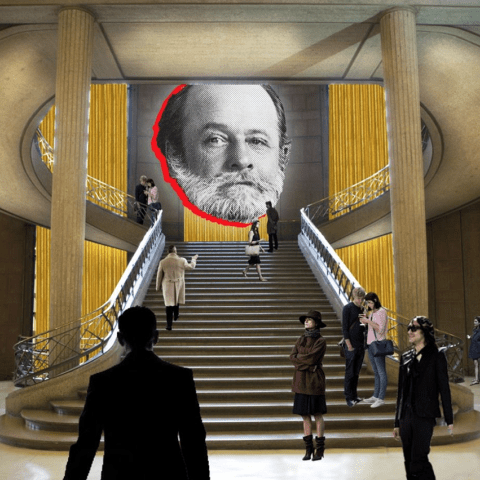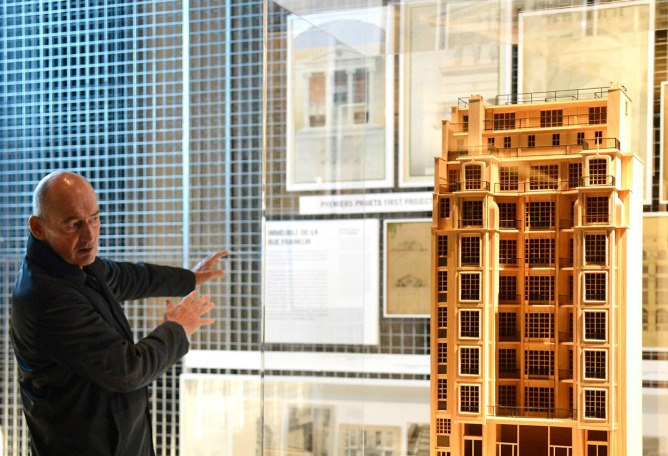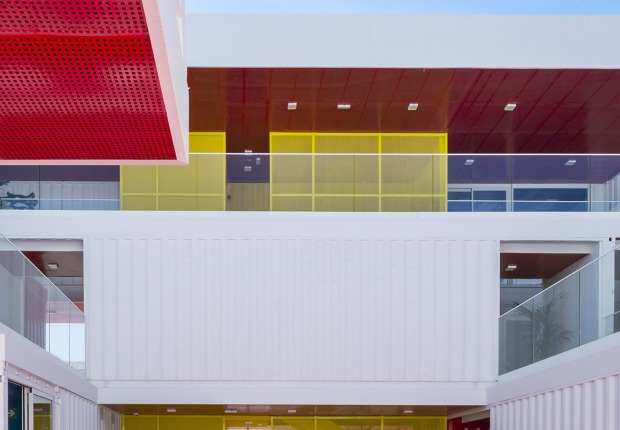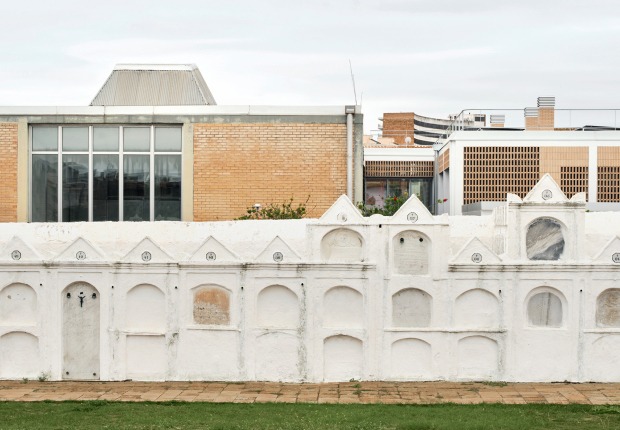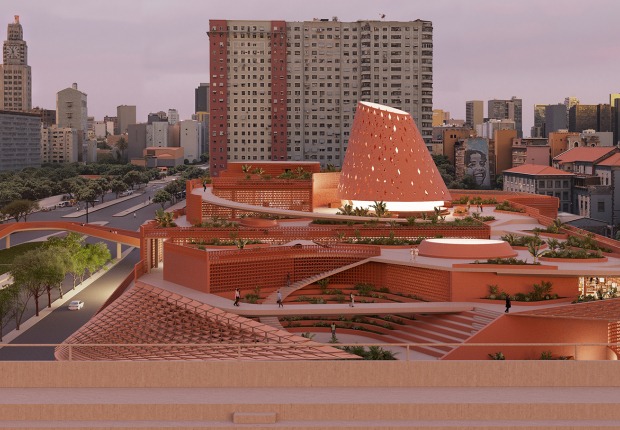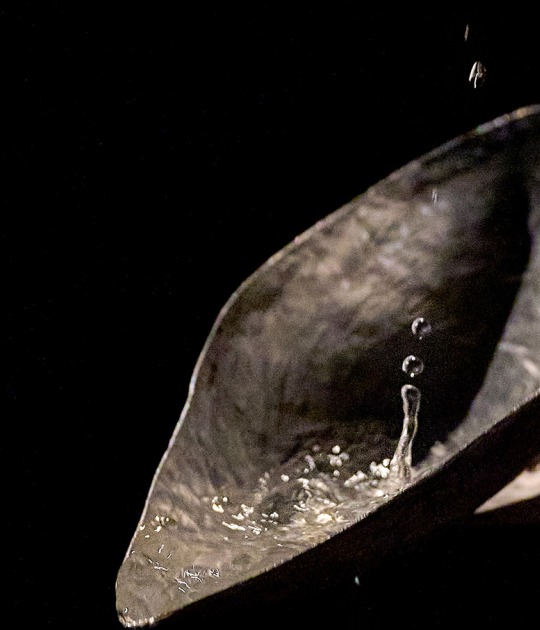Curated by architect and historian Joseph Abram as Scientific curator, in collaboration with Rem Koolhaas’ OMA/AMO as Artistic curator, the exhibition celebrates the work of Auguste Perret, in particular his use of reinforced concrete.
For this tribute to one of the most inspiring architectural careers of the 20th century, Joseph Abram, the scientific curator - together with his team of National School of Architecture in Nancy - is responsible for the theoretical and historical coherence of the project. The architectural office OMA AMO, under the direction of Rem Koolhaas, the artistic curator, is in charge of the exhibition design as well as the contemporary contributions and it conceives the cultural events program.
Son of a stonemason who had taken part in the Paris Commune uprising in 1871, Auguste Perret (1874 – 1954) played a core part in defining a specific aesthetic for reinforced concrete. His entire career was devoted to a rigorous practice of architecture based on innovative strategies that combined intellect, design and construction in to a powerful creative mechanism that generated an impressi ve number of masterpieces. His talent received due recognition in 2005 when part of his oeuvre was added to the World Heritage List.
While several exhibitions have been dedicated to Auguste Perret, this exhibition has the ambitious goal to share with a wider audience the intimacy of a creative process that is amongst the highest in the history of architecture. It is only natural that the chosen venue is the Palais d'Iéna, one of Perret's most significant projects. Perret invented a new classical order comparable to those of ancient times but rooted in modern con struction techniques: the reinforced concrete order, with the Palais d'Iéna as its finest achievement.
The exhibition includes over 400 original items, some of them on public display for the first time. Lenders include the Cité de l’ Architecture et du Patrimoine , Le Havre municipal archives, the Musée Maurice Denis, the Bibliothèque littéraire Jacques Doucet, the Corbusier Foundation, the Musée Bourdelle, the Musée des Années 30, the Musée des arts d écoratifs, the association of Friends of Auguste Perret, the Conservatoire National des Arts et Métiers ( CNAM ) and the Musée des beaux - arts in Grenoble.
Venue.- Palais d’Iéna, Paris. France.
Dates.- Paris 27 November 2013 - 19 February 2014.
